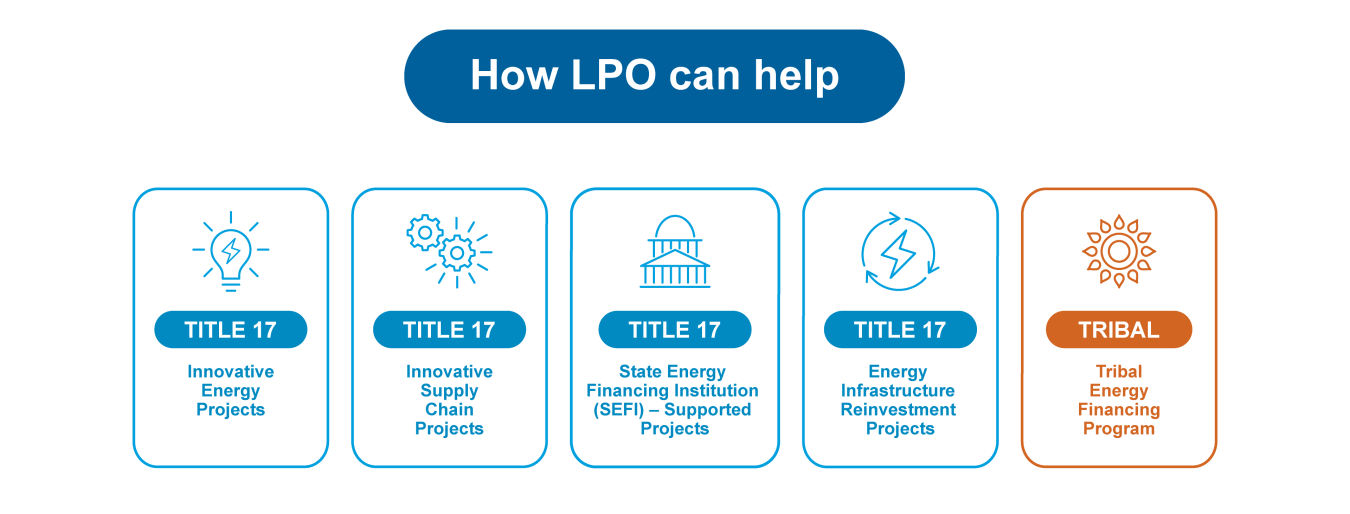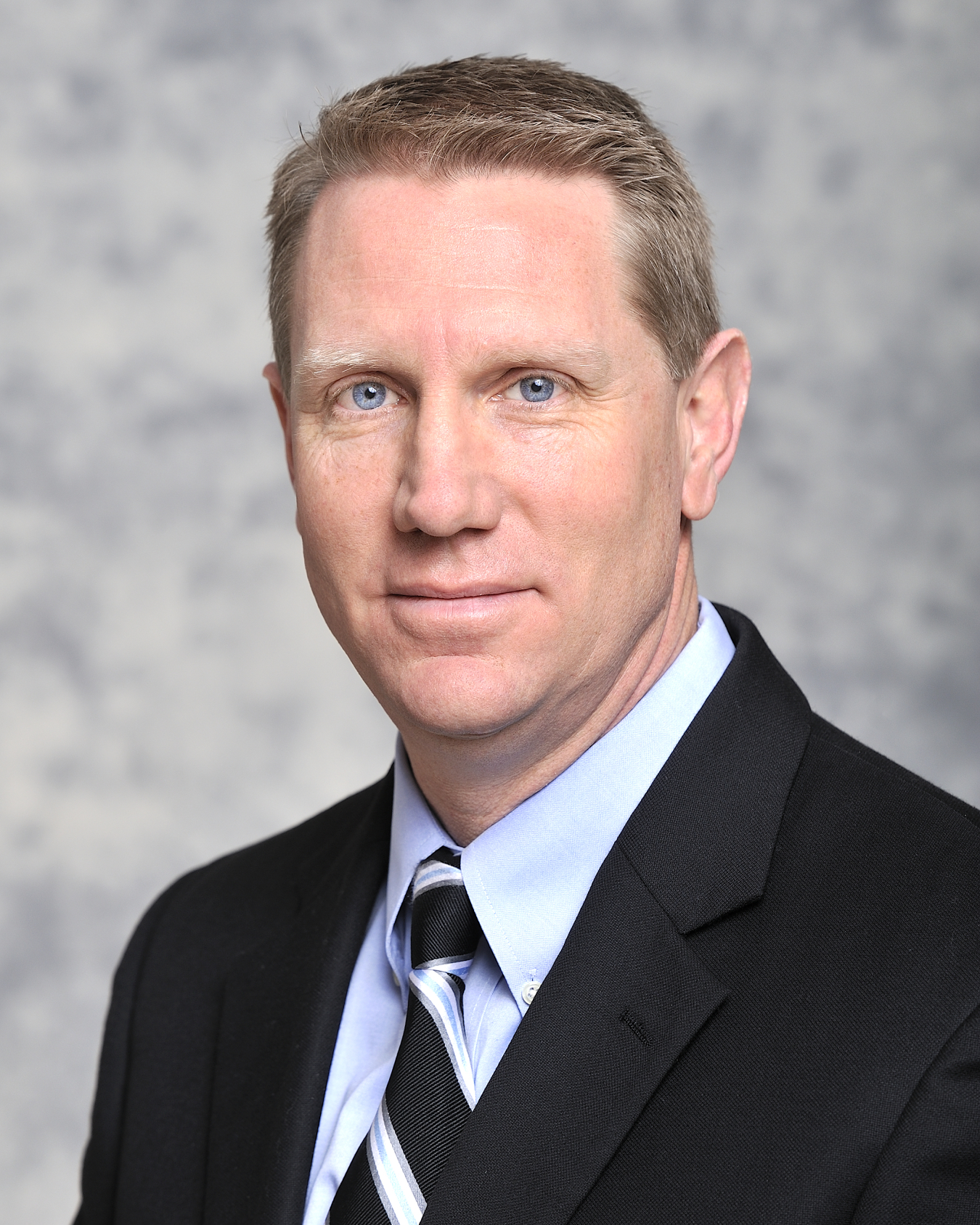This Tech Talk highlights how LPO is working to support deployment of energy storage solutions in the United States to facilitate the transition to a clean energy economy.
July 6, 2023The Department of Energy (DOE) Loan Programs Office (LPO) is working to support deployment of energy storage solutions in the United States to facilitate the transition to a clean energy economy. Accelerated by DOE initiatives, multiple tax credits under the Bipartisan Infrastructure Law and Inflation Reduction Act, and decarbonization goals across the public and private sectors, energy storage will play a key role in the shift to a net-zero economy by 2050.
LPO can finance short and long duration energy storage projects to increase flexibility, stability, resilience, and reliability on a renewables-heavy grid.

Why energy storage?
Energy storage serves important grid functions, including time-shifting energy across hours, days, weeks, or months; regulating grid frequency; and ensuring flexibility to balance supply and demand. Energy storage is particularly important in an increasingly electrified world where demand is rising and supply is shifting toward variable renewables, increasing the need for dispatchable energy.
U.S. energy storage capacity will need to scale rapidly over the next two decades to achieve the Biden-Harris Administration’s goal of achieving a net-zero economy by 2050. DOE’s recently published Long Duration Energy Storage (LDES) Liftoff Report found that the U.S. grid may need between 225 and 460 gigawatts of LDES by 2050, requiring $330 billion in capital on the same timeline. These figures are in addition to the nation’s utility scale short duration storage needs, which will be about 160 gigawatts by 2050, according to the reference case from the U.S. Energy Information Administration’s 2023 Annual Energy Outlook.
Energy storage encompasses an array of technologies that enable energy produced at one time, such as during daylight or windy hours, to be stored for later use. LPO can finance commercially ready projects across storage technologies, including flywheels, mechanical technologies, electrochemical technologies, thermal storage, and chemical storage.
DOE divides energy storage technologies into four categories based on duration of dispatch, each with different primary end uses.
Short Duration |
Inter-Day LDES |
Multi-Day LDES |
Seasonal Shifting |
|
|---|---|---|---|---|
Duration of Dispatch at Maximum Rate before Recharge |
0-10 hours |
10-36 hours |
36-160 hours |
160+ hours |
Storage Technologies |
- Batteries- Flywheels- Some mechanical technologies |
- Most mechanical technologies- Some electrochemical technologies |
- Many thermal technologies- Many electrochemical technologies |
- Chemical storage (e.g., hydrogen) |
Primary End-Use |
Intra-day energy shifting
|
Inter-day shifting |
Resilience for extended power shortfall |
Energy shifting over months |
Adapted from Long Duration Energy Storage - Pathways to Commercial Liftoff
Residential, commercial, industrial, and utility users are beginning to install energy storage systems to fulfill their energy and reliability needs, but challenges remain to deploying these systems at scale. The barriers are as varied as the technologies. Common challenges for the mature technologies LPO focuses on include insufficient supply chains, high manufacturing costs, and lack of debt financing for commercial deployment due to perceived technical risk and unpredictable cash flows in today’s power markets.
LPO can help reduce these barriers by financing early deployments of energy storage technologies and associated supply chains, proving to private lenders that energy storage systems are bankable and accelerating scale up.
LPO can finance projects across technologies and the energy storage value chain that meet eligibility and programmatic requirements.
Projects may include, but are not limited to:
- Manufacturing: Projects that manufacture energy storage systems for a variety of residential, commercial, and utility scale clean energy storage end uses.
- Deployment: Projects that deploy residential, commercial, and utility scale energy storage systems for a variety of clean energy and clean transportation end uses.
Contributors: Nichola Kinsinger, Ph.D., Edward Bullinger, and Kate Scott (Office of Technology Transitions)
Michael Reed

Michael Reed is the Director of the Technical and Environmental Division (TED) for the Department of Energy’s Loan Programs Office (LPO). In this role, he provides technical management and performance monitoring of LPO’s $30 billion portfolio of clean energy projects. This portfolio includes projects in renewable energy and energy efficiency, advanced technology vehicle manufacturing, advanced fossil, nuclear, and related transmission infrastructure. Mr. Reed also oversees the technology evaluations of new applications submitted under open LPO solicitations.
Mr. Reed has over 30 years of diverse technical and leadership experience, serving as a senior executive and chief engineer in both the private and government sectors. Prior to joining LPO, Mr. Reed was the Chief Engineer of the U.S. Department of Energy’s Water Power Program, and the Vice President of Engineering for numerous defense and energy consulting companies. He has served in the U.S. Navy and the Naval Sea Systems Command, working on advanced power and propulsion systems.
Mr. Reed earned his BS in Engineering from the US Merchant Marine Academy, and an MS in Environmental Science and Policy from The Johns Hopkins University.

